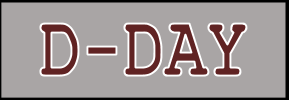



Allies and German Axis powers fought brutally with the Suez-Canal at stake. 1942: General Montgomery’s forces drove General Rommel's German forces from Egypt.
Alan Turing, Enigma, and the Breaking of German Machine Ciphers in World War II. 31 Dec. 1997
Alan Turing, Enigma, and the Breaking of German Machine Ciphers in World War II.
"Enigma" ["Enigma"]. Enigma.umww.pl, Ministry of
Foreign Affairs of the Republic of Poland, 2017
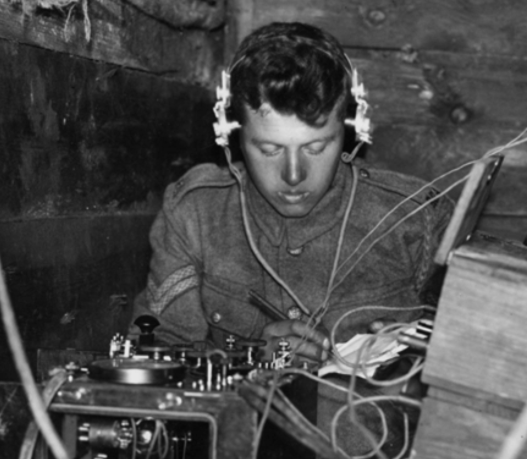
Batey, Mavis. "Mavis Batey - Film 3, 4, 10 ,12." Legasee.org.uk, Netfrux Technologies

1940: Germany declared "unrestricted submarine warfare" on Allies. For six years, the “Battle of the Atlantic” raged, being
Budiansky, Stephen. Battle of Wits : The Complete Story of Codebreaking in World War II. New York, Touchstone Book, 2002.
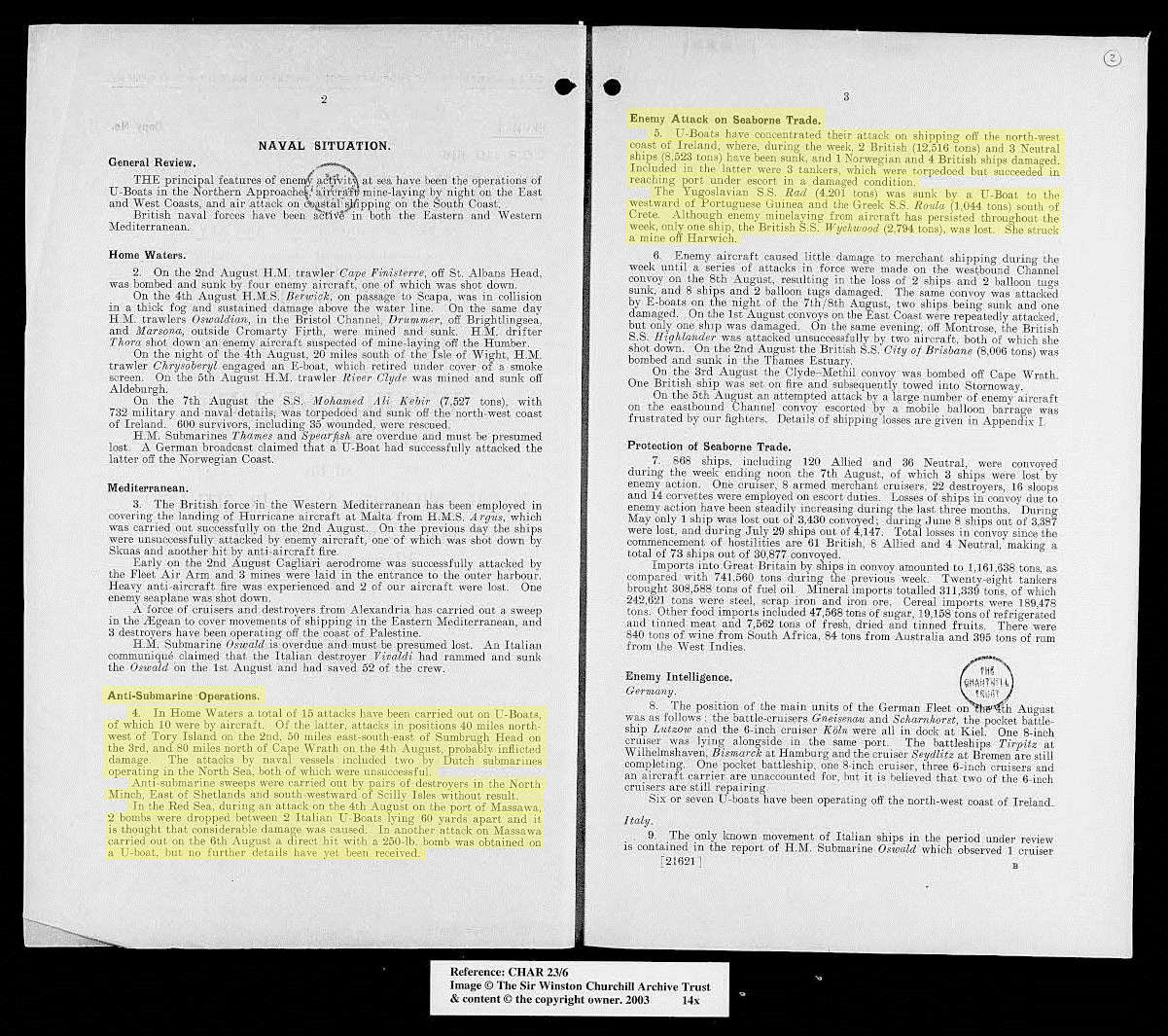
Winston Churchill Archives Trust. Extract from the British government's weekly
summary of the military situation in August 1940. Aug. 1940. Churchill Archives
1942: German U-boats sank a half-million tons of shipping, and Allies’ much-needed supplies never reached their shores.
Budiansky summarizes sailors’ attitudes:
Budiansky, Stephen. Battle of wits : The Complete Story of Codebreaking in World War II. New York, Touchstone Book, 2002.
Kahn, David. Seizing the Enigma : The Race to Break the German U-Boat Codes, 1939-1943. Boston, Houghton Mifflin, 1991.
U-BOATS: Breaking the Enigma Code Allowed Brit Ships to Evade German
U-boats. Alan Turing Father of Modern Computer Science, vixra.org
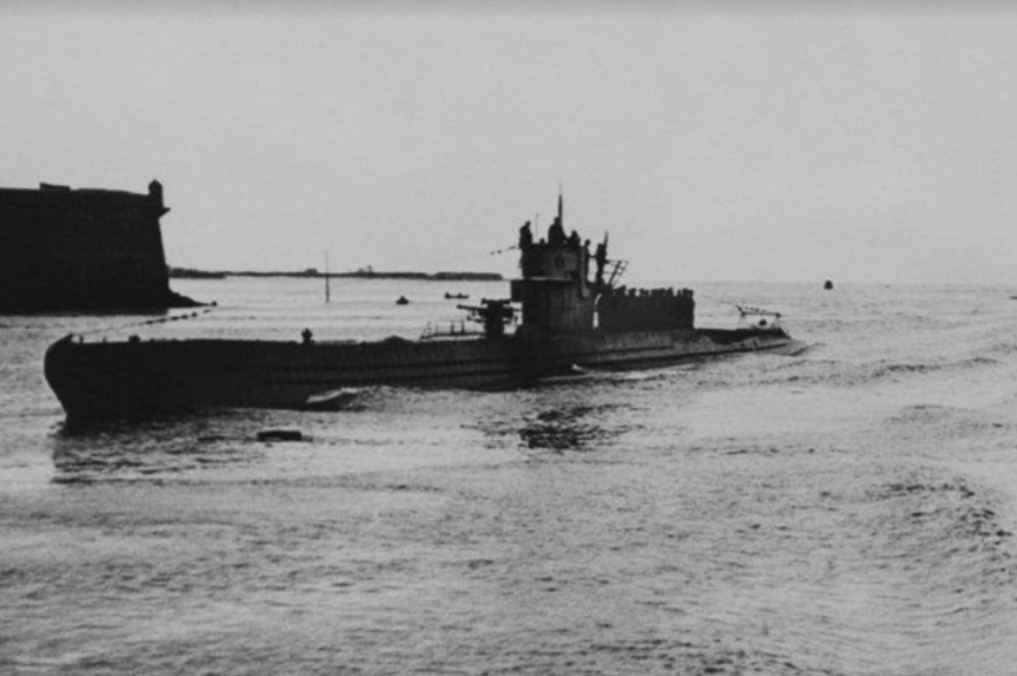
February 1942: Germans complicated naval Enigma - incorporating space for a fourth rotor, resulting in a code blackout for Bletchley. They could no longer read naval ciphers. It didn't render bombes useless; they simply ran too slow to analyze what would be all four-rotor possibilities.
Hodges, Andrew. Alan Turing - the Enigma. Princeton, New Jersey, Oxford : Princeton UP, 2014.
"Who Were the Real Enigma Heroes?" Thehistorypress.co.uk, History Press
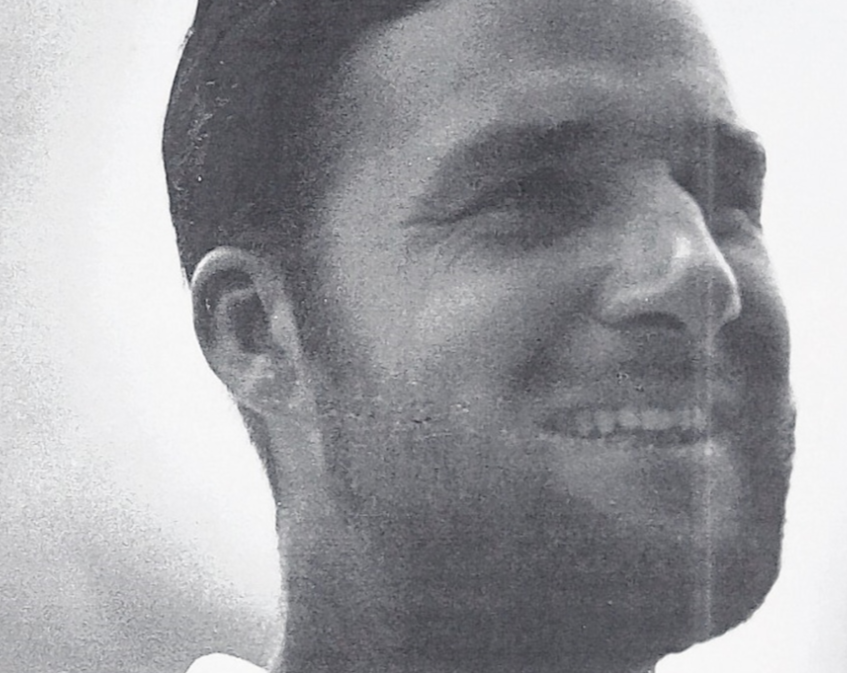
Although this blackout lasted a year, it lifted with U-559’s sinking, resulting in Enigma codebook captures. October 1942: Two men - Fasson (left) and Grazier (right) - retrieved these codebooks from sinking German U-559, losing their lives to obtain this enemy information. These “pinchings” revealed the fourth rotor remained stationary during messages; Bletchley broke their blackout. November 24th: messages were decoded quicker than a day instead of several because the Germans hadn't utilized four-rotor full potential.
"Who Were the Real Enigma Heroes?" Thehistorypress.co.uk, History Press
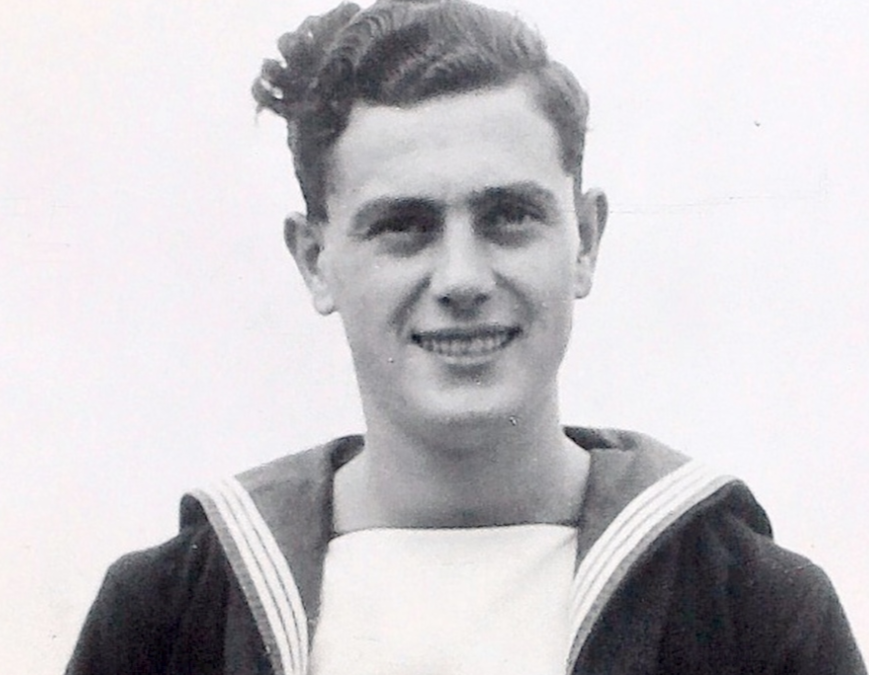
Kahn, David. Seizing the Enigma : The Race to Break the German U-Boat Codes, 1939-1943. Boston, Houghton Mifflin, 1991.
Bletchley discovered U-boat positions and could reroute convoys. While this didn't end the Battle of the Atlantic, it certainly aided Allied causes. For example, shipping losses dramatically declined.
Hodges, Andrew. "Alan Turing: The Enigma." Turing.org.uk
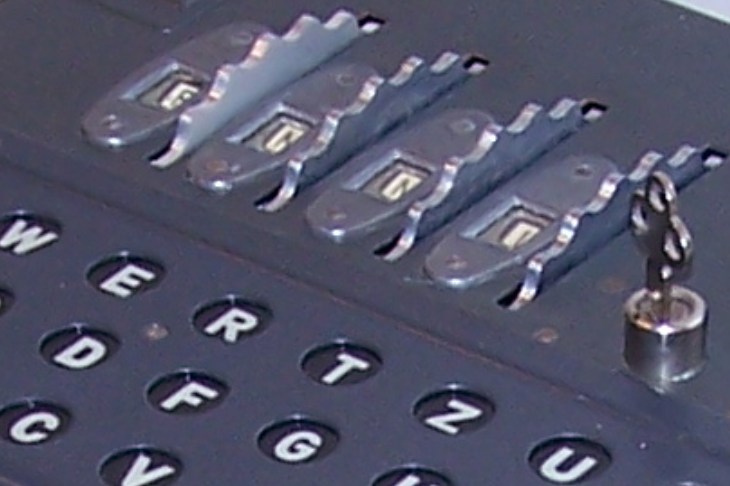
Budiansky, Stephen. Battle of Wits : The Complete Story of
Codebreaking in World War II. New York, Touchstone Book, 2002
Bateman, Gary M. "THE ENIGMA CIPHER Machine." American Intelligence Journal, vol. 5, no. 2, 1983, pp. 6–11. JSTOR
Budiansky, Stephen. Battle of wits : The Complete Story of Codebreaking in World War II. New York, Touchstone Book, 2002.
Hodges, Andrew. Alan Turing - the Enigma. Princeton, New Jersey, Oxford : Princeton UP, 2014.
Keystone Getty Images. Sea Convoy. 15 Nov.
1941. Churchill Archives
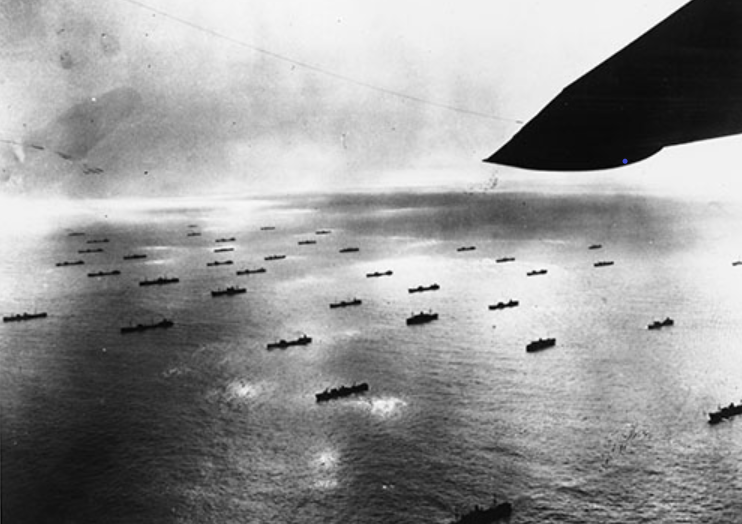
Kirka, Danica. "British Codebreakers show Eisenhower letter on their success." Military Times, 15 Mar. 2016,
Historians estimate Bletchley’s code-breaking operations, especially the breaking of naval Enigma, shortened war-time by two years.

1944, Allied forces invaded Normandy in the largest seaborne invasion. Beforehand, Allies facilitated a deception operation, compelling Hitler to believe their target was Calais.
Brigadier Williams stated Ultra
Alan Turing, Enigma, and the Breaking of German Machine Ciphers in World War II. 31 Dec. 1997
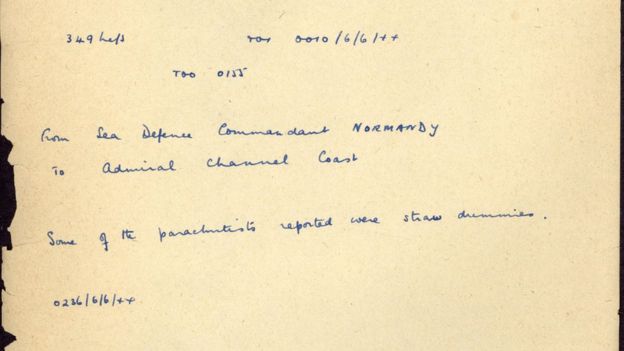
"Bletchley Park reveals Decrypted Nazi D-Day messages." Bbc.com, BBC News
Services, 6 June 2019
During the Normandy Landings, Bletchley furiously decoded Enigma messages, passing them to commanders. Without ULTRA’s power, D-Day may have failed.
Powell, Lewis F., and Diane T. Putney. ULTRA and the Army Air Forces in World War II : An Interview
with Associate Justice of the U.S. Supreme Court Lewis F. Powell, Jr. Honolulu, UP of the Pacific, 2005.